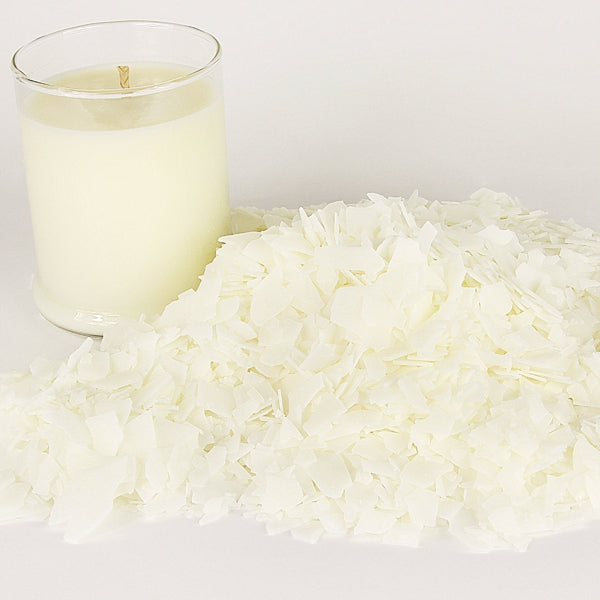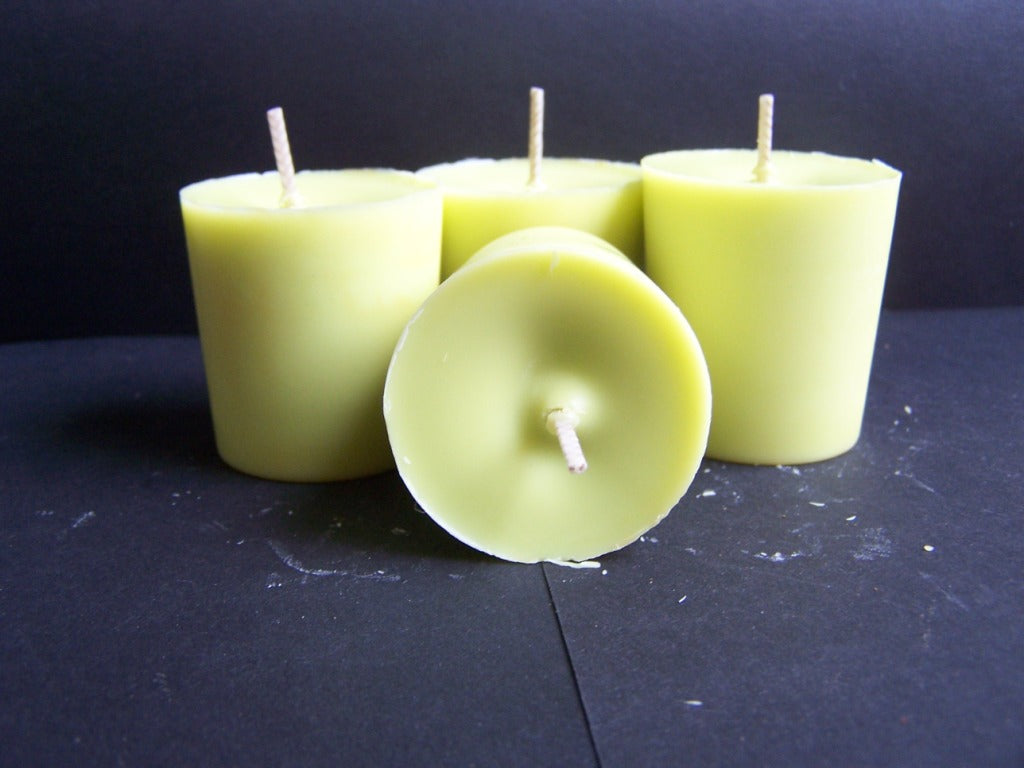From Wick to Wax: Understanding the Chemistry Behind Soy Wax Candles and Their Environmental Effect
As we illuminate our spaces with the warm glow of candles, there exists a world of intricate chemistry behind the apparently basic act of lighting a soy wax candle light. The selection between soy and paraffin wax prolongs past simple appearances, diving right into the world of environmental effect and the extremely make-up of the products. Understanding the molecular framework of soy wax and its combustion procedure clarifies the exhausts released into our environments. Join us as we unravel the clinical complexities behind soy wax candles and explore their implications on our environment.
Soy Wax Vs. Paraffin Wax
When contrasting soy wax and paraffin wax for candle light production, it is important to comprehend the distinctive qualities and advantages of each product. Soy wax is a natural, sustainable resource originated from soybean oil, making it environmentally friendly and biodegradable - candles. In contrast, paraffin wax is a byproduct of petroleum refining, which increases problems regarding its ecological influence and sustainability
Soy wax candle lights shed cleaner and send out much less soot compared to paraffin wax candles, making them a much healthier choice for indoor air quality. Furthermore, soy wax has a reduced melting factor, permitting a longer-lasting candle that spreads fragrance much more properly. Paraffin wax, on the various other hand, tends to burn faster and much less cleanly, potentially releasing hazardous chemicals into the air.
From a sustainability perspective, soy wax is preferred for its biodegradability and renewable sourcing, aligning with the expanding customer choice for eco aware products. While paraffin wax has been a traditional choice in candle light making because of its cost and ease of usage, the shift towards green choices like soy wax is getting momentum in the market.
Chemical Make-up of Soy Wax

Combustion Refine in Soy Candles
The chemical composition of soy wax straight affects the combustion process in soy candle lights, impacting factors such as shed time, fragrance release, and environmental influence. When a soy candle light is lit, the warm from the fire melts the wax near the wick.
The combustion effectiveness of soy candles is affected by the purity of visit site the soy wax and the quality of the wick. A clean-burning soy candle light with a properly sized wick will certainly minimize and produce a constant flame residue formation. This not just prolongs the melt time of the candle yet likewise look at here enhances the release of scents. Additionally, soy wax candles have a reduced environmental impact compared to paraffin candles because of their eco-friendly and renewable nature.

Ecological Benefits of Soy Wax

Considered a sustainable alternative to standard paraffin wax, soy wax uses noteworthy ecological benefits that make it a popular choice amongst eco-conscious consumers. One substantial benefit of soy wax is its renewable sourcing. Soy wax is obtained from soybean oil, which is primarily grown in the USA. The farming of soybeans assists support local farmers and lowers the reliance on non-renewable nonrenewable fuel sources utilized in paraffin wax production. Additionally, soy wax is eco-friendly, meaning it breaks down naturally without launching hazardous contaminants right into the atmosphere. This characteristic makes soy wax candles a more eco-friendly option compared to paraffin wax candle lights, which are made from oil, a non-renewable resource. Soy wax burns cleaner and creates less soot than paraffin wax, contributing to far better interior air top quality and decreasing the demand for cleansing and upkeep. In general, the ecological benefits of soy wax line up check here with the growing demand for lasting and green items out there.
Recycling and Disposal Factors To Consider
Reusing and correct disposal of soy wax candle lights play a crucial role in preserving ecological sustainability and decreasing waste in areas and households. When it comes to reusing soy wax candles, the very first step is to make sure that the candle has actually burned completely.

In regards to disposal, if recycling is not an option, soy wax candles are biodegradable and can be securely thrown away in the majority of household waste systems. It is always advised to check with local recycling facilities or waste management solutions for specific guidelines on candle disposal to guarantee appropriate handling and ecological protection.
Verdict
In conclusion, the chemistry behind soy wax candles discloses their ecological benefits over paraffin wax candles. Soy wax, obtained from soybean oil, burns cleaner and produces less soot when compared to paraffin wax.
When contrasting soy wax and paraffin wax for candle production, it is crucial to comprehend the distinct attributes and advantages of each material (candles).Soy wax candle lights melt cleaner and emit less residue contrasted to paraffin wax candle lights, making them a much healthier selection for indoor air high quality.Thought about a sustainable option to conventional paraffin wax, soy wax uses remarkable ecological advantages that make it a prominent selection amongst eco-conscious consumers. Soy wax burns cleaner and generates much less soot than paraffin wax, contributing to better interior air quality and minimizing the demand for cleaning and upkeep.In final thought, the chemistry behind soy wax candle lights reveals their ecological benefits over paraffin wax candles